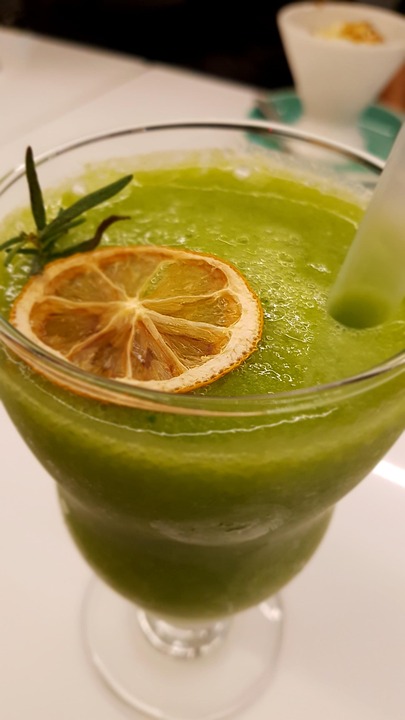Introduction
Clean label wine, natural organic wine, and biodynamic wine are three distinct categories in the wine industry that focus on sustainable practices and minimal intervention in the winemaking process. While they share similar principles, each category has its own unique characteristics that set it apart from the others.
Clean Label Wine
Clean label wine refers to wines made with minimal additives, preservatives, and processing aids. The focus is on transparency and simplicity in the winemaking process, with an emphasis on using natural ingredients and sustainable practices. Clean label wines are often labeled as “natural” or “minimal intervention” to differentiate them from conventional wines that may contain synthetic chemicals and additives.
Key Characteristics of Clean Label Wine
– Minimal use of sulfites: Clean label wines typically have lower levels of sulfites compared to conventional wines.
– Organic and biodynamic farming practices: Clean label wines are often made from grapes grown using organic or biodynamic farming methods, which prioritize soil health and biodiversity.
– Transparency in labeling: Clean label wines often have clear and concise labels that list all ingredients used in the winemaking process.
– Minimal intervention: Clean label winemakers use traditional winemaking techniques and avoid the use of additives and processing aids.
Natural Organic Wine
Natural organic wine is made from grapes grown using organic farming practices, which prohibit the use of synthetic pesticides, herbicides, and fertilizers. In addition to being organic, natural organic wines also follow principles of minimal intervention in the winemaking process, similar to clean label wines.
Key Characteristics of Natural Organic Wine
– Certified organic grapes: Natural organic wines are made from grapes certified as organic by a third-party certification body.
– No synthetic additives: Natural organic wines do not contain synthetic chemicals, additives, or processing aids.
– Biodynamic principles: Some natural organic winemakers also follow biodynamic principles, which emphasize a holistic approach to farming and winemaking.
Biodynamic Wine
Biodynamic wine is produced using biodynamic farming practices, which go beyond organic farming to incorporate spiritual and cosmic influences on agriculture. Biodynamic winemaking involves a series of holistic practices aimed at enhancing the health and vitality of the vineyard ecosystem.
Key Characteristics of Biodynamic Wine
– Biodynamic certification: Biodynamic wines are made from grapes grown on biodynamically certified vineyards.
– Lunar and cosmic cycles: Biodynamic winemakers follow the lunar and cosmic cycles to guide planting, harvesting, and winemaking activities.
– Soil health and biodiversity: Biodynamic farming practices focus on building healthy soil and promoting biodiversity in the vineyard.
Comparison of Clean Label, Natural Organic, and Biodynamic Wines
While clean label, natural organic, and biodynamic wines share a commitment to sustainability and minimal intervention, there are some key differences between the three categories. Clean label wines prioritize transparency and simplicity in the winemaking process, while natural organic wines focus on organic farming practices. Biodynamic wines take sustainability a step further by incorporating spiritual and cosmic influences into the winemaking process.
Financial Data and Industry Insights
According to a report by Grand View Research, the global organic wine market was valued at $10.26 billion in 2020 and is expected to grow at a CAGR of 10.5% from 2021 to 2028. Major players in the organic wine market include Frey Vineyards, Bonterra Organic Vineyards, and Emiliana Organic Vineyards.
In comparison, the biodynamic wine market is smaller but growing rapidly, with a focus on premium and niche markets. Biodynamic wineries such as Domaine de la Romanée-Conti and Quintessa have gained recognition for their high-quality wines made using biodynamic principles.
Clean label wines are a relatively new category in the wine industry, driven by consumer demand for transparency and sustainability. While clean label wines may not be as widely recognized as organic or biodynamic wines, they are gaining popularity among environmentally conscious consumers.
Conclusion
In conclusion, clean label, natural organic, and biodynamic wines offer consumers a range of sustainable and environmentally friendly options in the wine industry. While each category has its own unique characteristics and practices, they all share a commitment to minimal intervention and transparency in the winemaking process. As consumer demand for sustainable wines continues to grow, clean label, natural organic, and biodynamic wines are likely to play an increasingly important role in the global wine market.




